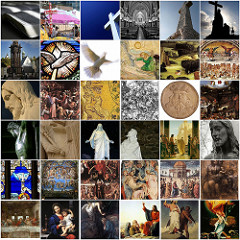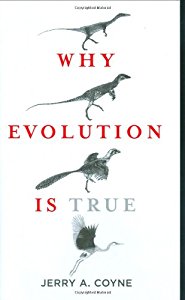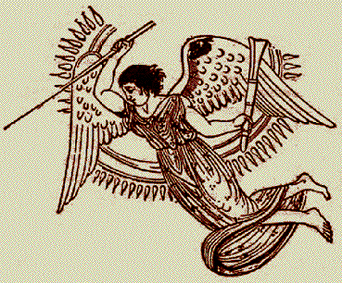Continuing a series of responses to Dunn’s response to Price’s chapter on Jesus mythicism. (See Historical Jesus: Five Views for all related posts.)
It is quite “interesting” to regularly run across remarks in web-land about how “spot on” Dunn’s criticism of Price’s chapter is, and how so many “fully agree with everything Dunn says.”
I can only imagine most readers who say these sorts of things never read Price’s chapter and Dunn’s together. Or if they did, they are swayed by Dunn’s status as a scholar — and their own eagerness to find anything to rebut a Christ-Myth argument — to swallow everything he says and forget the many many instances where Price’s own words belie so much of what Dunn writes.
In this post I look at
- an instance of Dunn saying that Price “ignores” evidence that he does not ignore at all but discusses explicitly
- an instance of Dunn leading readers to think Price resorts to ad hoc claims of interpolation to sidestep contrary evidence, when in fact he does not
- where Dunn argues that the Bible’s claims of supernatural appearances are evidence for the historical Jesus
- and where Dunn even manages to argue that the absence of a detailed description for a supernatural appearance of Jesus strengthens the case for the historicity of Jesus against Jesus mythicism.




 Continuing from the
Continuing from the 

 This post is based on a discussion by Niels Peter Lemche in
This post is based on a discussion by Niels Peter Lemche in 
 Two archaeologists, one Israeli (Israel Finkelstein) and one American (Neil Asher Silberman), have bizarrely managed to repackage a Taliban-like ancient biblical legal code into a modern enlightened expression of human rights, human liberation and social equality.
Two archaeologists, one Israeli (Israel Finkelstein) and one American (Neil Asher Silberman), have bizarrely managed to repackage a Taliban-like ancient biblical legal code into a modern enlightened expression of human rights, human liberation and social equality.